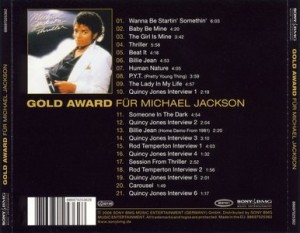The Art of Trivia Event Sequencing, Part 2: Questions
In yesterday’s post, I highlighted the important role of round sequencing in live trivia events. Now, let’s turn our attention to the equally important – yet also overlooked – significance of the order of trivia questions within rounds.
Questions
As with the order of the rounds, the progression of questions in a trivia event can have a major impact in the overall feel and flow of the experience for participants, and care should be taken to determining which question goes where. If you think this sounds silly, don’t take my word for it- order is important in entertainment, and the record industry has always considered sequencing to be an important step in the album production process. As they drilled into me when I was studying music & entertainment business at New York University, it’s not by accident that the “hit” song on an album usually comes first or second, that slower tracks are evenly mixed in with fast ones and vocals/instrumentals are equally dispersed. With trivia events, the same theory applies.
Let’s assume that each of your trivia “rounds” has 10 questions. Is there an optimal order to put them in? If your goal is to ensure that the participants have a fun & memorable experience, you bet! Regardless of the “theme” of the round, here’s what I suggest as far as ordering your questions:
1) You should open the round with a “gettable” question. Not too easy, but the opener should be one that the vast majority of participants would have a reasonable expectation of knowing. This is important, as it sets the tone for the rest of the round; if the first question is so difficult or obscure that people don’t know it, they will A) feel stupid, and B) not look forward to the next 9 questions. Reverse this perception by asking a question people will know, so that they will feel smart, and be fired up for the next one.
2) Make sure that questions that are unusually long (ex: “If a train leaving Chicago at 12:30pm and is headed West blah blah blah…”) are followed by ones that are extremely short (ex: “What is the square root of –1?”). The fact is, people don’t love long questions, since they take a long time to read, and involve more concentration/thinking than shorter ones. Set the expectation that things WILL move along swiftly by ensuring that short, easy-to-read, quick-to-answer questions are also being utilized
3) End each round on a high note. Trivia questions can be challenging, but they can also be fun; make sure you end each round with a “gettable” question that people will enjoy, as well as one which will provide an amusing/humorous answer. It’s a terrific way to end each round, when the entire room is cheering the last answer (as opposed to, say, a really hard question, where nobody knows the answer and you’re met with blank stares- talk about wrapping things up with a thud).
There is much more finesse that goes into sequencing, and based on my instincts having hosted so many of these things I’m constantly playing with the order of questions, depending on the specific event, audience or cause. However, the above points are the basics for ensuring that the order of questions within a trivia round promote a fun, memorable and impactful live trivia party.
What are your thoughts on sequencing trivia questions? Leave your responses below- in any order.

